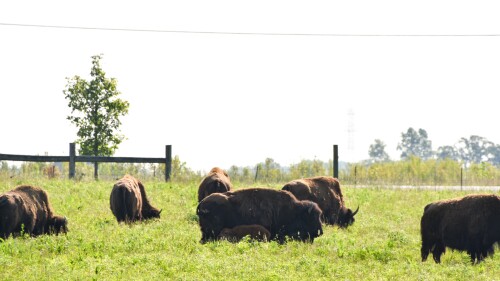If you’ve been personally victimized by a window ice scraper this week, you know it’s winter in Columbus.
We’ve been inside a lot these past days, dodging all the wind chills and freezing temperatures. Thanks to that, we’ve discovered a new Internet rabbit hole: What’s the coldest + warmest winter in CBUS? Come along with us (and bring a jacket).
The coldest winter day
The coldest winter day in Columbus history was on January 19, 1994, according to historical data from the National Weather Service. Temperatures dropped as low as -22°, and wind chills put this around -30°, per a news story that week by The Columbus Dispatch. This arctic freeze is now notorious for the rest of the Buckeye State + many other Midwestern states, including Pennsylvania.
Here are the next four coldest winter days:
- January 6, 1884; January 3, 1899; and February 10, 1899: -20°
- January 19, 1977 and January 20, 1985: -19°
- February 9, 1899; December 22, 1989; and January 17, 1994: -17°
- January 15, 1884: -16°

Downtown Columbus, Ohio. | Photo via Canva
The warmest winter day
The warmest winter day in Columbus was on February 24, 2017, according to historical data from the National Weather Service. Temperatures soared to 78° with partly cloudy skies and a slight breeze. These unexpected highs caught the eye of weather researchers, as many east coast cities experience a late winter heat wave, such as Boston.
Here are the next four warmest winter days:
- December 3, 1982: 76°
- February 26, 2000: 75°
- January 25, 1950; February 11, 1999; and February 25, 2000: 74°
- December 6, 1989: 73°
Note: Winter for meteorology history is December, January, and February, according to the National Oceanic and Atmospheric Administration.











